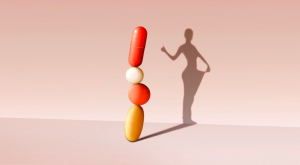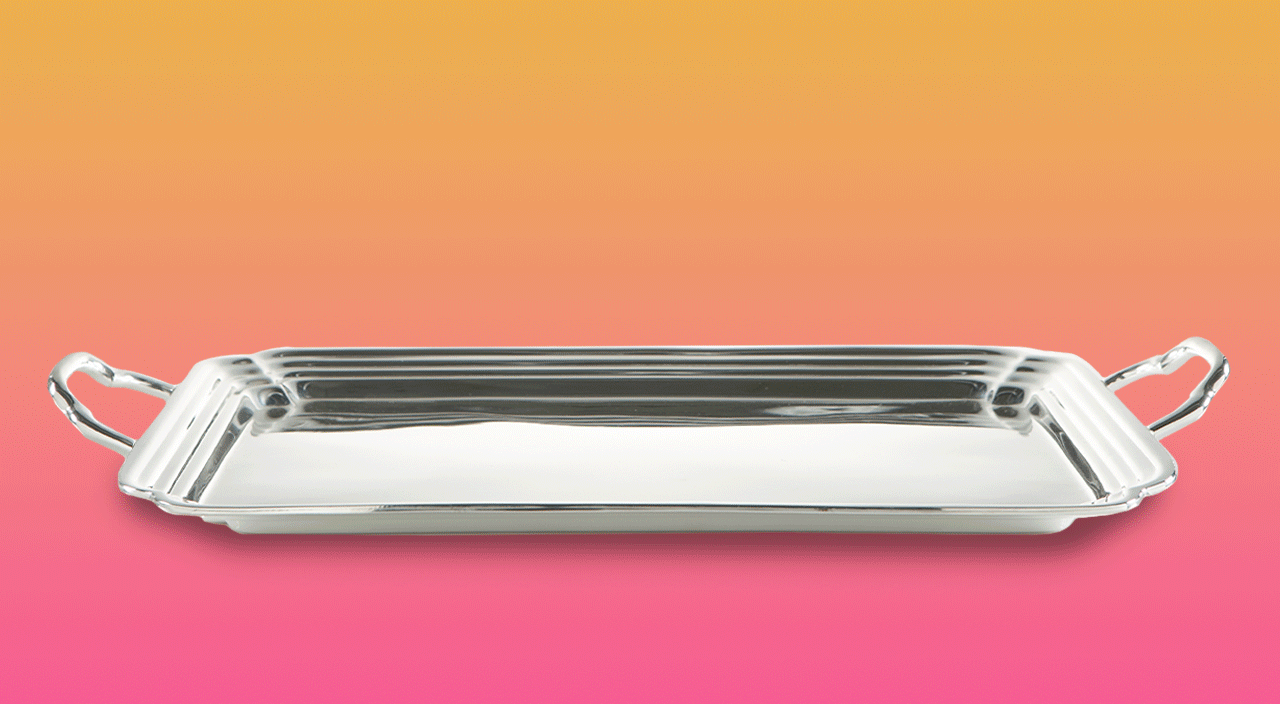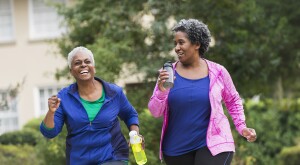Chances are you’ve seen a squat challenge floating around (and maybe even tried one). There’s a reason people are trying to incorporate more squats in their lives. This exercise is a compound movement that targets the largest muscles in your body, including your glutes and quads, and does wonders for your core.
A new book says squats and other resistance training can help people — yes, even those of a certain age — be stronger than they’ve ever been before. The Whole Body Reset: Your Weight-Loss Plan for a Flat Belly, Optimum Health, and a Body You’ll Love — at Midlife and Beyond is a down-to-earth guide with simple habits people in their mid-40s and older can use to avoid or reverse weight gain and keep themselves healthy.
One part of it is getting in more physical activity. The Whole Body Reset includes a workout plan that’s a mix of cardio, strength and interval training exercises. However, squats can enhance any workout routine.
Here are some of the many benefits of squats:
- They’re convenient. You can do squats anytime and anywhere, even if you’re low on funds, the weather is bad and you don’t have any equipment. All you need is just enough space to squat down and stand up.
- Strengthens your lower body. Squats work tons of muscles in your lower half, including glutes, hamstrings, quadriceps, hip flexors and calves. They also strengthen the bones and joints in the hips, knees, ankles and feet. Having a strong lower body makes it easier to move around. Not to mention, adding squats to your workouts will help shape your legs and butt.
- Engages your core. When we say core, we’re not only talking about your abs. Your core includes all the muscles surrounding your lower torso — your abs, sides of your waist, muscles around your pelvis and the muscles of the lower back and hips. These muscles allow you to do all the bending, lifting, twisting and reaching overhead that you do daily. Building a strong core can help improve your balance and posture, protect you from falls and reduce the risk of low back pain and injury. Plus, if combined with proper nutrition and aerobic exercises, squats can help slim your waistline.
- Protects bone health. After menopause, women experience accelerated bone loss, which increases the risk for osteoporosis. Squats and other resistance exercises strengthen the bones and can help prevent bone loss.
- Helps with everyday movements. Squats are what’s considered a functional exercise. They strengthen the muscles you use for many of the movements you do in your daily life, such as sitting, standing up and getting in and out of a car.
- Burns major calories. Resistance training continues to burn calories long after you’ve completed the workout. Some research shows people burned more calories after resistance training than they did after a cardio workout — for up to 21 hours. Also, muscle burns more calories at rest than fat. So, the more you pack on, the more calories (and fat) you’ll burn.
Now that you know the reasons you should do it, go ahead and get your squat on. The Whole Body Reset provides a good breakdown of how to properly squat according to your physical abilities. The following exercises from the book are a great place to start.
Try to do some resistance training two to three times a week. Aim to do one to three sets of eight to twelve repetitions.Beginner: Chair Squats
How to: Place a chair with its back against a wall for stability. Stand with your back to the chair, your feet shoulder-width apart. Extend both arms out in front of you at shoulder height. Now sit down onto the chair, arms outstretched in front of you for balance, and immediately stand by pushing your feet into the floor and engaging the muscles of your butt and thighs.Intermediate: Chair Squats With Weight
How to: Place a chair with its back against a wall for stability. Stand with your back to the chair, your feet shoulder-width apart. Hold a light weight in both hands against your chest. Now sit down onto the chair and immediately stand by pushing your feet into the floor and engaging the muscles of your butt and thighs.Advanced: Air Squats
How to: Stand with your feet shoulder-width apart, feet flat on the floor. Extend both arms in front of you at shoulder height. Slowly bend your knees and lower your butt as if you were sitting on a chair. When your thighs are parallel to the floor, stop, pause for a moment and then use your core, glutes, hamstrings and quads to stand back up a bit more quickly than you squatted down. Safety tip: Don’t squat below parallel or let your knees drift out in front of your toes or inward toward the midline of your body, which can put you at risk for knee problems.
Find AARP’s The Whole Body Reset at aarp.org/wholebodyreset and wherever books are sold.














